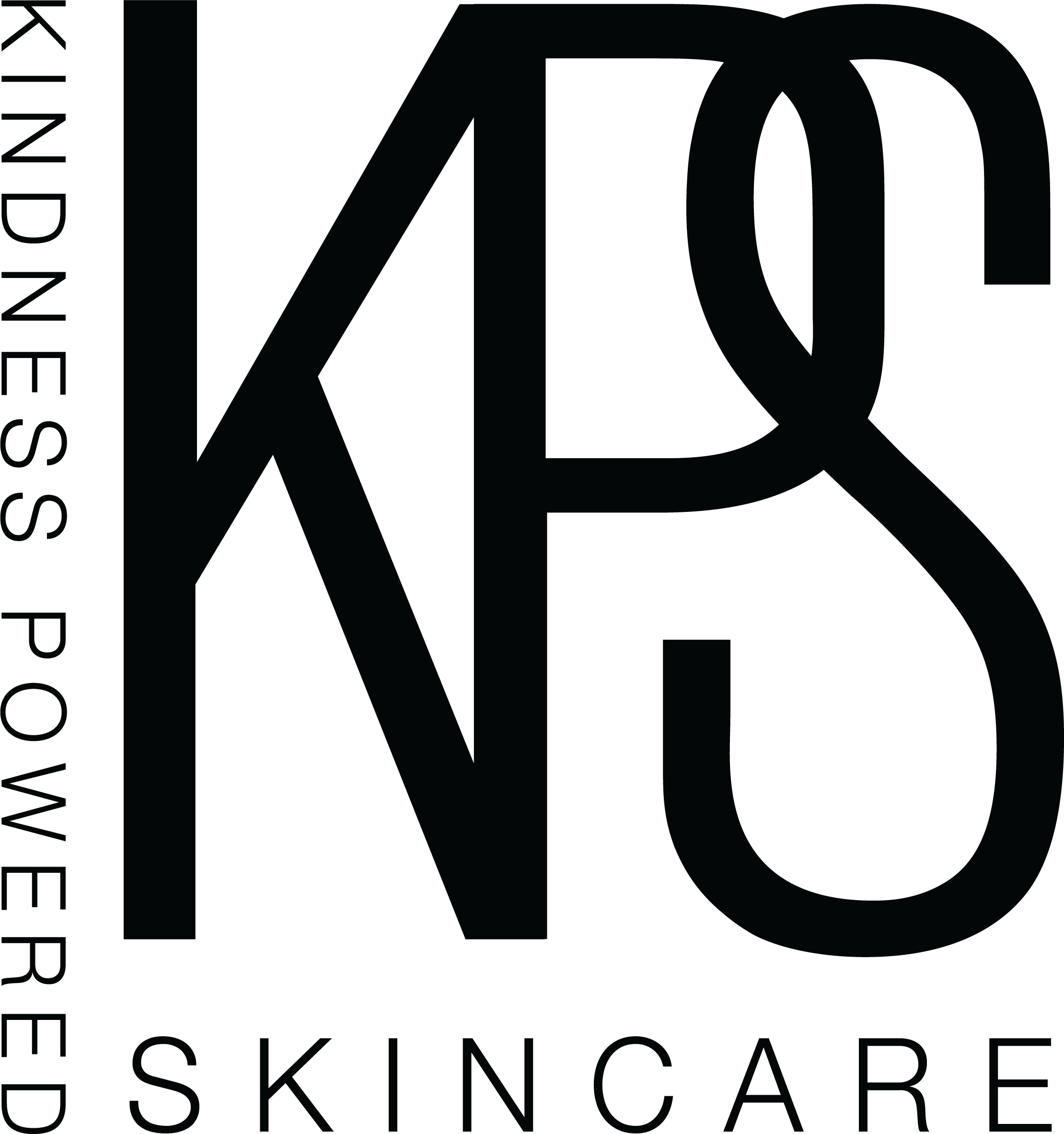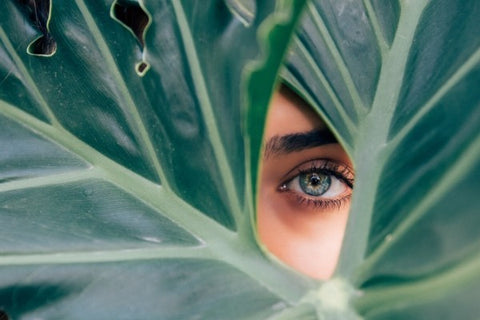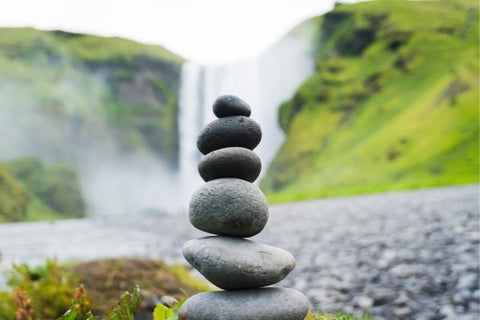Hello beauties!
Today I wanted to talk to you about a skin condition that many people don’t even know about until it shows up on their own face; milia. These tiny little white or yellow bumps are often confused for acne, and are a result of skin irritation, skin disorders or skin damage. Newborns often have sensitive skin and can suffer from milia for a period of time, but adults, children and teens can develop this condition too.
variety of causes for milia can be to blame, including:
- Sun damage
- Burns
d of time, but adults, children and teens can develop this condition too.
Where Does Milia Come From?
Our skin produces a strong protein called Keratin, that can become trapped under our skin over time. Milia often appears after the skin is damaged in some way, usually after a long term exposure to something. Milia can also appear as a sign of aging once the skin loses its ability to self-exfoliate. A
- Steroid creams
- Blistering from poison ivy, or other injuries
- Dermabrasion, laser resurfacing or other abrasive resurfacing skin procedures
- Skin conditions that cause blistering, such as epidermolysis bullosa, porphyria cutanea tarda or cicatricial pemphigoid
What Does it Look Like?
While milia does look a little bit like a cyst or acne, there are some telltale signs you can look for.
- Primary Milia: Cysts can form around eyelids, forehead and even genitalia. This may last for several months, or as little as a few weeks.
- Multiple Eruptive Milia: Patches of cysts on the torso, face and upper arms that appear over a span of time from a few weeks to a few months.
- Traumatic Milia: Cysts that appear at the site of an area of the skin that has been damaged by burns or other blistering conditions.
- Neonatal Milia: This condition only affects infants, and typically clears up on its own.
How Can Milia Be Treated?
The treatment for milia depends on the severity and discomfort that it causes. In the case of infants, no treatment is needed as the condition is usually mild and will go away on its own. However, in severe cases that are recurring, disfiguring or painful, and patients may need to undergo cryotherapy (freezing), deroofing (draining of the cysts), diatherapy (heat), chemical peels, laser ablation or curettage. Unfortunately, these procedures can cause scarring, even when performed by a professional esthetician.
What Can I Do?
With the most commonly found milia, the little white bumps on your chin or cheeks, at at-home remedy will be the most effective and gentle. Topical retinol products have also been found to be useful in helping to control milia. Products that contain Vitamin A can help to exfoliate the skin.
We recommend using a skincare routine that helps to hydrate and exfoliate your skin, to not only clear up existing milia, but prevent it from coming back. We’ve successfully treated many cases of milia with a regimen that includes the following:
If you’ve noticed a few patches of suspicious looking little white bumps along your face, don’t rush to methods that will cause scarring. Include moisturizing, exfoliating products packed with retinol into your routine, and you’ll find your skin looking free and clear!
Until next time, cleanse, exfoliate and moisturize!
Love, Natalie





Comments (0)
There are no comments for this article. Be the first one to leave a message!